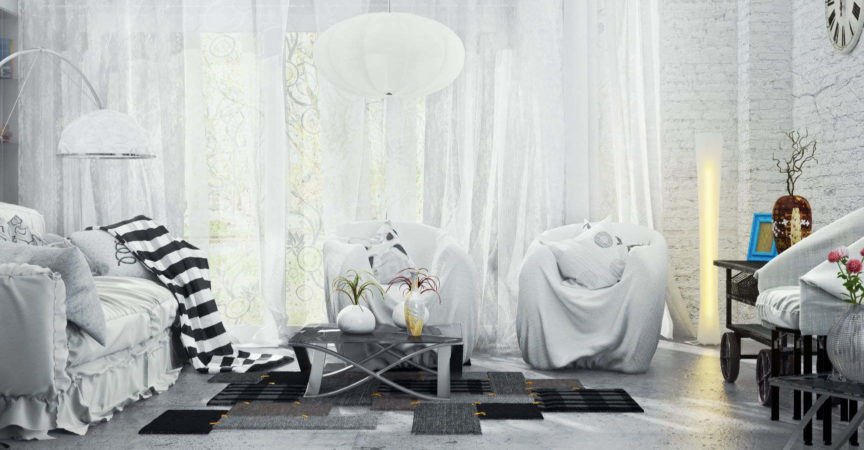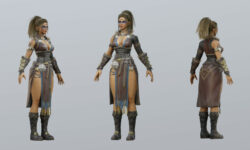Architectural Interior Viz in Vray 3.0
Release date:2014, June
Duration:07 h 00 m
Author:Shlece
Skill level:Beginner
Language:English
Exercise files:Yes
The tutorial will cover,
In Modeling:
Customizing the UI using scripts.
Using Marvelous Designer to model every piece of resting furniture; all the couches, sofas, pillows, chair.
Spline modeling in conjunction with some modifiers, including; tables, the floor lamp, vases, wall clock.
Using V-ray fur for the floor carpet.
Using ATree free script to create flowers and plants.
Using V-ray displacement to create cutouts.
Optimizing V-ray displacement to areas that are seen through the camera for memory optimization.
Using ArchiCAD to model the building and refining in 3Ds Max.
Using some free scripts to place books in bookshelf randomly.
Using Animation tools to scatter objects on our models.
Using graphite modeling tool-set
In Shading:
Using V-ray blend to create complex materials .
Using quick scripts to interactively see the results of complex textures without the need of full rendering.
Using V-ray 2 sided to create translucency for objects.
Creating worn out edges with the use of V-ray displacement and V-ray Dirt.
Optimizing all scene materials to have the best quality n the least rendering time.
Most of the materials in the scene are made of complicated shading networks
In Rendering:
Using V-ray 3.0’s new features that will help in rendering this scene faster and modifiable.
Get use of all different V-ray lights and how to optimize those and a general lighting solution which will work in many interior scenes.
Rendering many different render passes including masks for all materials, separating lights, reflection, refraction and ….
In compositing:
Layering all our different passes together to achieve a result we want.
Changing the individual lights effect in our scene without the need to re-rendering.
Color correcting many of our elements with ease using the masks that we rendered out.
Adding extra texture to some objects and learn how to blend them nicely with the scene.





 Channel
Channel






2 Comments